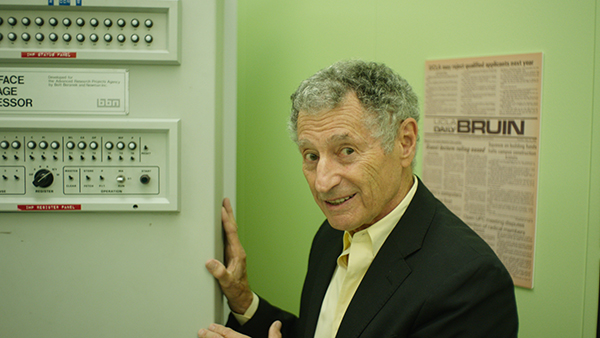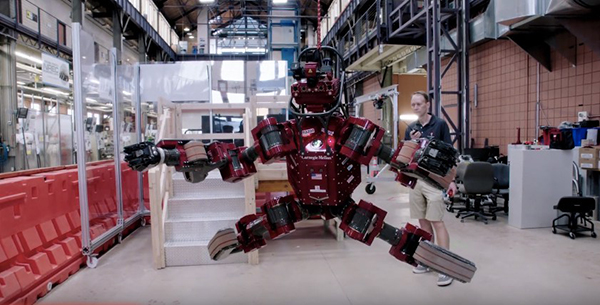This year, I had the opportunity to be a member of a group of Winona State students tasked with creating a film series based off of the University’s theme for the year, “Our Digital Humanity.” With this series, we hoped as a group that we could underscore the university’s theme as well as illustrate it through the use of film.
The film that I presented on, Werner Herzog’s 2016’s documentary “Lo and Behold: Reveries of the Connected World,” was a great fit for illustrating the theme and worked as a perfect in-between between Charlie Chaplin’s 1936 film “Modern Times” (a film that examined society’s response to the integration of technology into their daily culture) and Spike Jonze’s 2014 film “Her” (a film that looks at the impact technology has made in our society, and how it could influence us in the near-future) by examining the pros and cons of technology’s past, present and future.

“Lo and Behold” documents the history of the internet, including its origins with Leonard Kleinrock.
Interestingly enough, the film’s creator, Werner Herzog, is very much an outsider to the technological boom that has grasped our culture. Herzog grew up in Sachrang, a small village, where he had no access to a flushing toilet, telephone, or even running water — he wasn’t even aware of the presence of film until a traveling projectionist came to his school. After living in Sachrang for 12 years, Herzog moved back to Munich, the city he was born, and began to prepare to be a director. Since then, Herzog has been at the forefront of the New German Cinematic Movement and directed over 60 films, most of which are documentaries.
“Lo and Behold” portrays this digitalization of society as a multi-faceted and complex issue: one that has a lot of good, as well as a lot of bad. At the very beginning, we see an enthusiastic professor describing the first use of the Internet: to send a message between two separate computers on opposite ends – an incredible advancement in communication. Yet, Herzog shows us that with advances like that, we must also accept the consequences. As shown later, that same communication model was used to spread the image of a woman’s disfigured corpse after being in a car crash, an image that later ended up being sent to her still-grieving father.
Even though the film shows this darkness, it still ends on a positive note by looking to the future. We are still a culture that is determined to use the advances we make for good: whether it is creating controllable prosthetic appendages for those in need, or working to create artificial intelligence, leading minds are striving to move forward in a way that benefits our digital humanity.
-Jake Nielsen

